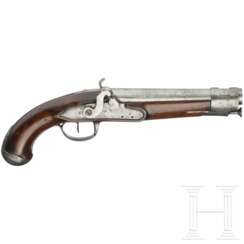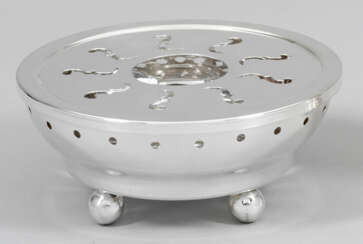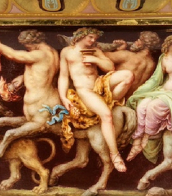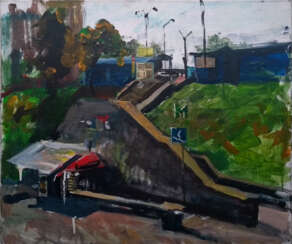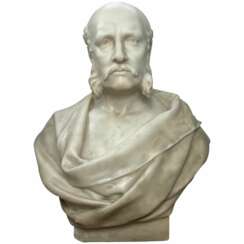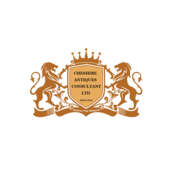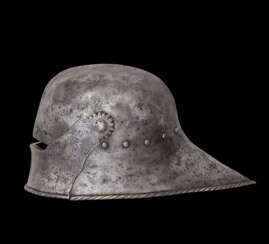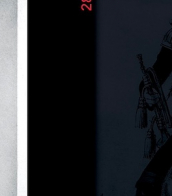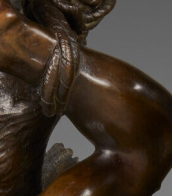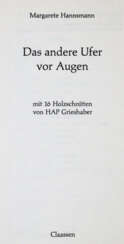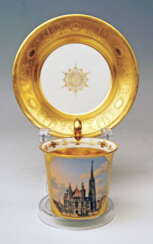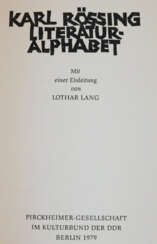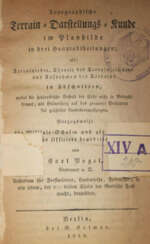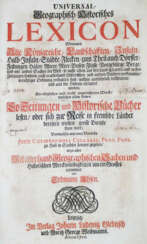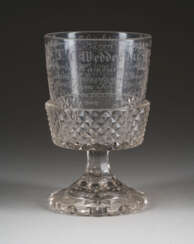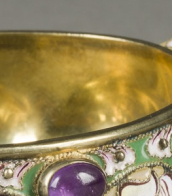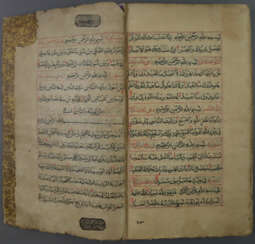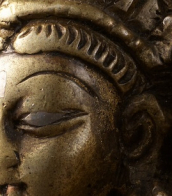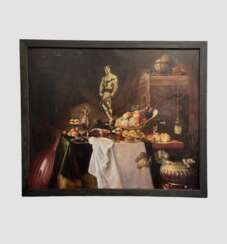30 Items by auctions and galleries:
stürmer
Lot 8861 Ein Paar Hinterlader-Perkussionspistolen der Gendarmerie, Holstein, Modell 1852, mit Sattelholstern, Ludwig Sauerbrey in Zella
A107s: Historische und moderne Schusswaffen 

Hermann Historica
A107s: Historische und moderne Schusswaffen
Date: 12.11.2025 10:00 UTC +01:00
Number of lots in the catalog: 1024
Kyiv subway station "Beresteiska" Collage
Viktoria Voloshina (b. 2000)  Shop Voloshina Viktoria
Shop Voloshina Viktoria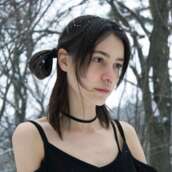

Viktoria Voloshina
07.06.2000
Ukraine
Я – современная художница из Украины 2000 года рождения. Увлекаясь искусством с детства, в более зрелом возрасте я поняла что оно всегда будет неотъемлемой частью моей жизни. Мой стиль формировался годами проб и экспериментов как с тематикой произведений, так и с материалами для их создания, окончательно сформировав свой стиль в начале 2018того, найдя отклик души в линиях архитектуры, настроении улиц, истории мест и их изменчивости.
С тех пор большая часть моих работ стала связана с урбанистикой, а в качестве материала в предпочтениях акрил из за его быстрого схватывания, позволяющего запечатлеть мимолётное настроение и атмосферу того или иного пейзажа. Все пейзажи, которые отображены в моих картинах - это места Украины, преимущественно Киева. Можно сказать, что искусство стало для меня своеобразной "терапией" и успокоением, и мне хочется что бы глядя на мои работы зрители ощущали то же самое, созерцая сдержанную гамму и локальные мелкие детали.
Выпускница ДХСШ им.Т.Г.Шевченка
В 2018 поступила в НАОМА

Artist shop
Voloshina Viktoria
Ukraine
Number of products: 14
Becker Jackob 1810-1872
Carl Spitzweg (1808 - 1885) 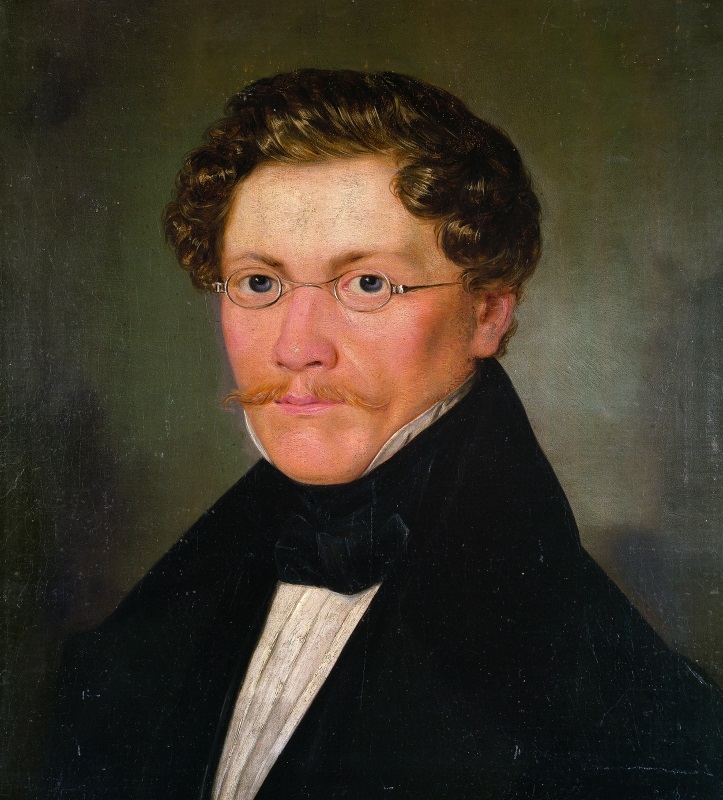 Jakob Becker (1810 - 1872)
Jakob Becker (1810 - 1872) 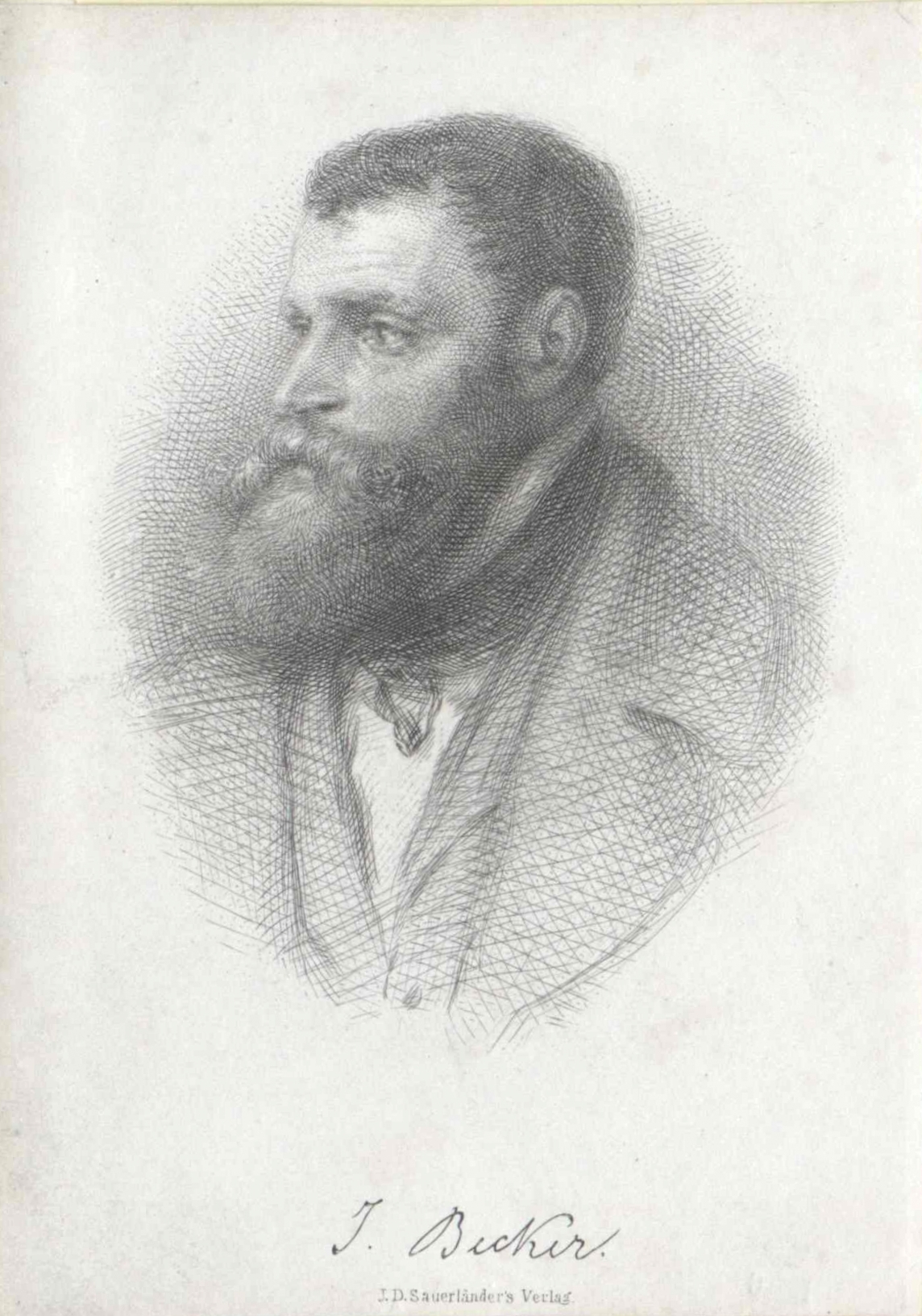 Shop Artkunst
Shop Artkunst

Carl Spitzweg
05.02.1808 - 23.09.1885
Germany
Carl Spitzweg was a German romanticist painter, especially of genre subjects. He is considered to be one of the most important artists of the Biedermeier era.

Jakob Becker
15.03.1810 - 22.12.1872
Germany

Shop
Artkunst
Germany
Number of products: 144
Bessie Smith & Charles Brown
Yurii Yermolenko (b. 1973) 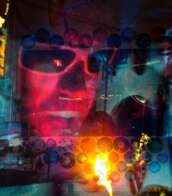 Shop Yermolenko Yurii
Shop Yermolenko Yurii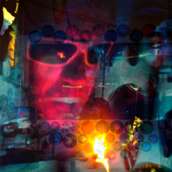

Yurii Yermolenko
02.10.1973
Ukraine
Yury Ermolenko – A Master of Fine Arts (MFA)
Born in 1973 Kiev (Ukraine) Lives and works in Kiev.
Education:
1980 – 1992 – T. Shevchenko Republican art school, Kiev, Ukraine
1992 – 1998 – National Academy of Fine Art and Architecture (NAFAA), Kiev, Ukraine
1998 – 2001 – Post-graduate education ( M.A.degree ), NAFAA, Kiev, Ukraine
2003 – Got a scholarship of Ministry of Culture of Poland ”GOUDE POLONIA”, Krakow, Poland
Main exhibitions:
2018 - "Garden of Wandering Geniuses" project, (Х.Л.А.М.), Kyiv, Ukraine.
2017 – 2018 – “MY FAVOURITE DOLLS” project, Tauvers Gallery international, Kiev, Ukraine
2017 – 2018 – “Flea Psychedelic Market” project, (Х.Л.А.М.), Kyiv, Ukraine
2016 – 2017 – In “Search of Dark Energy”, Vysehrad, Prague, Czech Republic; Hofburg Palace, Vienna, Austria.
2014 – 2015 – “Mу Favorite Dolls”, “Brothers in Arms”
2013 – “Facevinyl”
2013 – “Ukrainian Psychedel”, “Suitcases the Classics”
2013 – “Magical Garden”
2013 – “May be always be my mother, may there always be me”
2012 – “Conversion”
2012 – “Immigration to Cuba”
2011 – “Sings of Cuba”
2011 – “Ladies I didn`t get along with”
2010 – “Metaphysical Landscape of Zaporizhia”
2010 – “Metaphysical Landscape of Kaniv”
2010 – “A hedgehog jazz f**k”
2009 – “Eternal Values”
2009 – “Peruvian Toys”
2008 – “Death of Brands”
2007 – “Pink”
2007 – “Lolita’s on the Arena”
2007 – “Silicon”
2006 – “Paradise”
2006 – “Flea Market”
2005 – "Alice new!"
2005 – “Entomology of Souls”
2004 – "13. ICONOSTASIS"
2004 – “Hunting”
2003 – “KANIV – RAPAN”
2003 – “Baltic – Hel”
THE PROJECTS IN THE ART GROUP "TERRACES":
2002 – “Flash
2001 – “Indigo-Purring Cort”
2000 – “New York City”
2000 – “Flash”
1999 – “So good!”
1998 – “Shout on Plateaus”
1997 – “Dances on Colored Rope”
1997 – “Lighting Art and Painting Art”

Artist shop
Yermolenko Yurii
Ukraine
Number of products: 90
